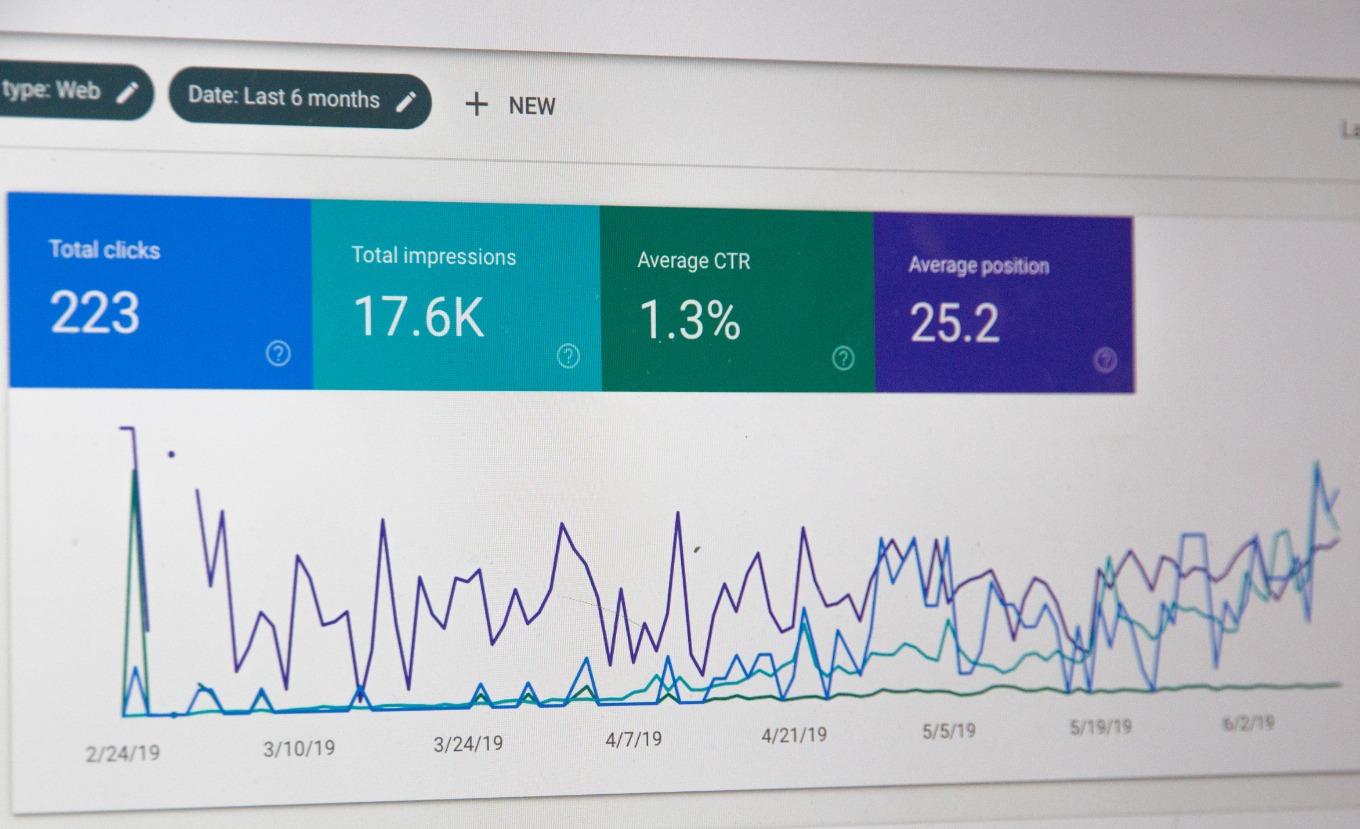Debt Collection Agencies Industry Report: Unveiling Key Findings and Crucial Insights
In the complex ecosystem of financial transactions, Debt Collection Agencies (DCAs) play a pivotal role. Tasked with the unenviable job of pursuing payments of debts owed by individuals or businesses, these establishments represent an integral part of the credit market. This article seeks to demystify the inner workings of this industry, taking into account the latest trends, key findings, and insights.
The debt collection industry is often viewed through a prism of ethical quandary. However, the economic perspective offers a different lens. DCAs essentially provide a risk-management solution for creditors, which in turn allows for a more fluid and functional credit system. This dynamic becomes especially crucial when we consider the economic repercussions of unpaid debts.
A recent industry report unveiled some critical findings that discerning observers and industry stakeholders ought to take into account. Firstly, the debt collection industry is a growing field, with a forecasted annual growth rate of 3.8% from 2021 to 2026 according to IBISWorld. Interestingly, this growth is not merely a function of economic downturns, but also a reflection of the expansion of the credit market.
The industry's structure is also worth noting. The Pareto principle (or 80/20 rule), which posits that roughly 80% of effects come from 20% of causes, is in full swing here. A small number of large agencies account for a significant portion of total industry revenue. This concentration is a function of economies of scale and scope - in essence, larger agencies can leverage their size to operate more efficiently and diversely.
Applied technology has also influenced the industry's evolution. With advancements in data mining and analytics, debt collection agencies can now employ more sophisticated, targeted strategies. For instance, predictive analytics software can identify individuals who are more likely to pay off their debts, enabling agencies to prioritize their efforts. This technology-driven approach aligns with the theory of marginal utility, where every additional unit of resource allocation should yield the highest possible return.
The effectiveness of these strategies, however, hinges significantly on regulations binding the debt collection industry. For instance, the Fair Debt Collection Practices Act (FDCPA) in the United States places restrictions on when and how DCAs can contact debtors. Such regulations are a testament to the potential moral hazards involved in the industry, and the constant balancing act between efficiency and ethics.
The industry report also reveals the increasing trend towards debt buying. This mechanism involves DCAs purchasing delinquent debts from creditors at a fraction of the face value and then attempting to collect the full amount. The intriguing aspect here is the game-theoretic considerations involved. For the debt buyer, the decision to purchase is a calculated risk based on the probability of successful collection. For the selling creditor, the choice to sell is driven by the expected value of future collections, factoring in the time value of money and default risks.
In conclusion, the debt collection industry, while often shrouded in negative connotations, plays a crucial role in maintaining the credit economy's equilibrium. Several key insights derived from an in-depth examination of the industry reveal its complex and dynamic nature. Whether it's the application of advanced technologies, the impact of regulations, or the growing trend of debt buying, each aspect weaves into the larger narrative of an industry striving to balance efficiency with ethical considerations.
DCAs essentially provide a risk-management solution for creditors, which in turn allows for a more fluid and functional credit system.






